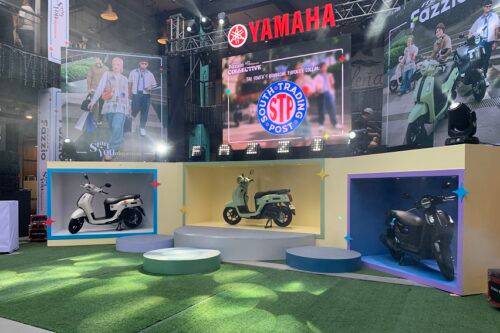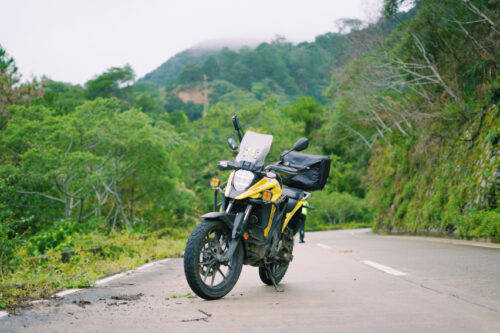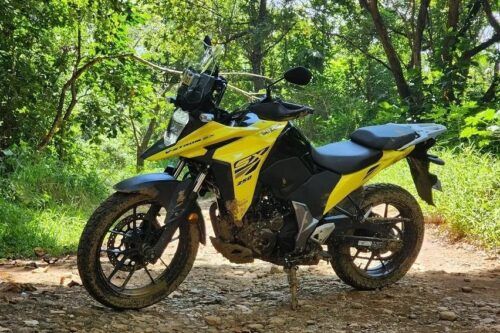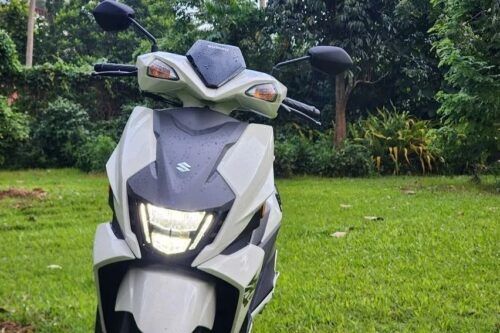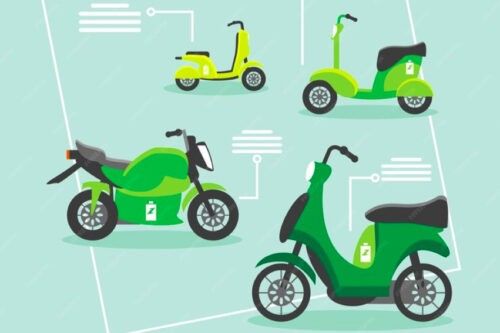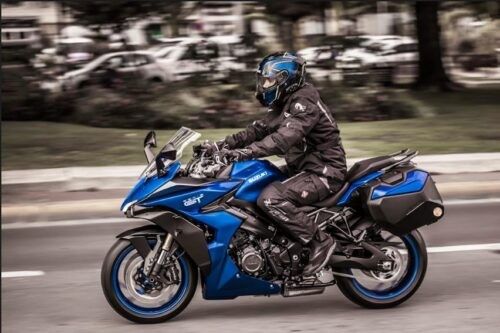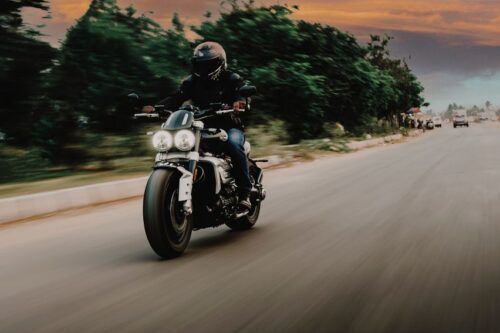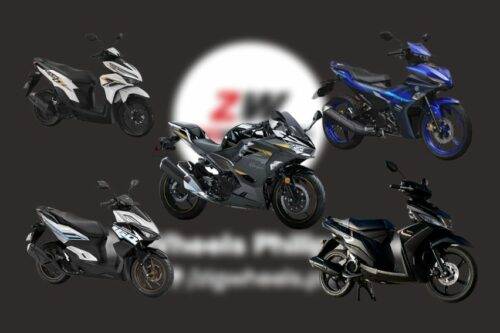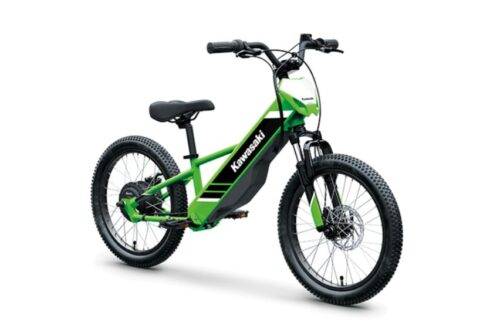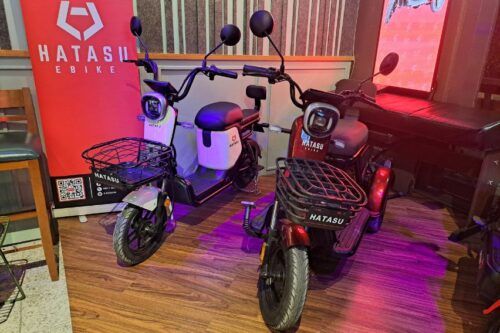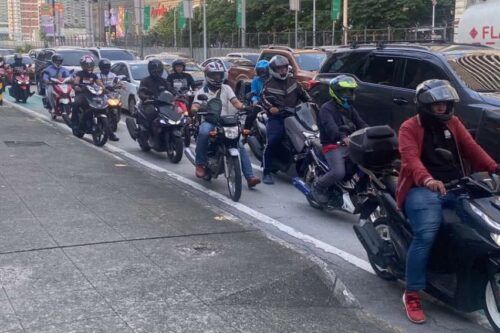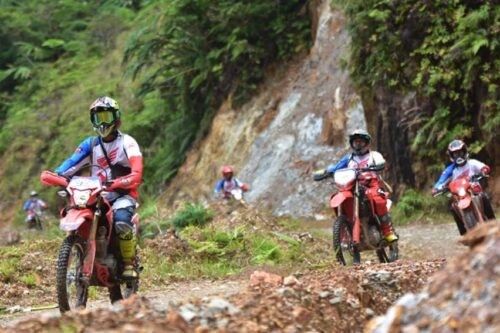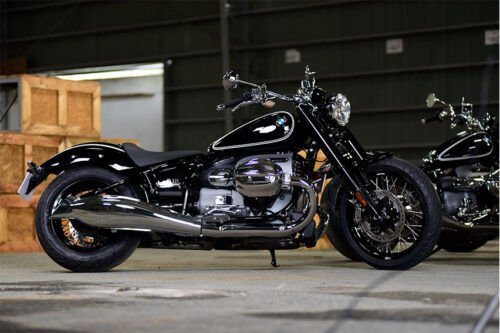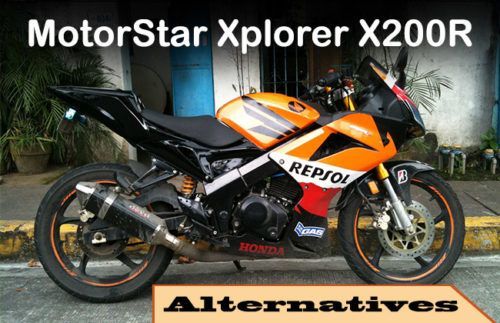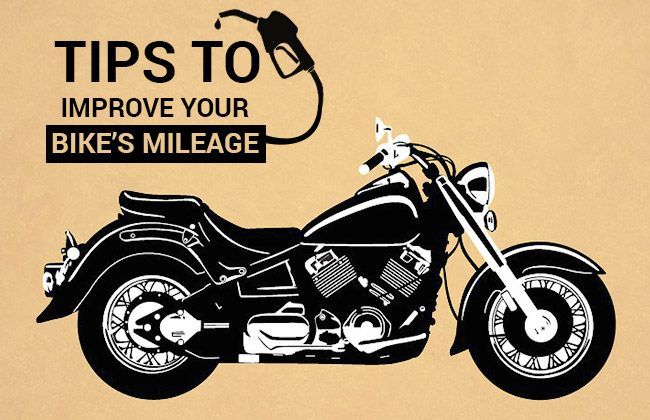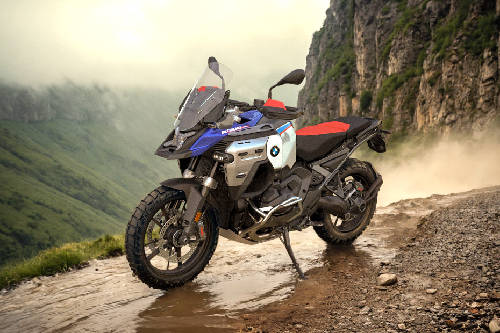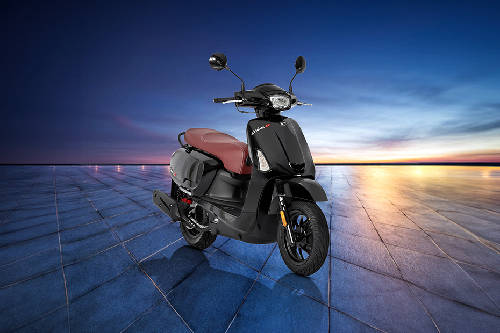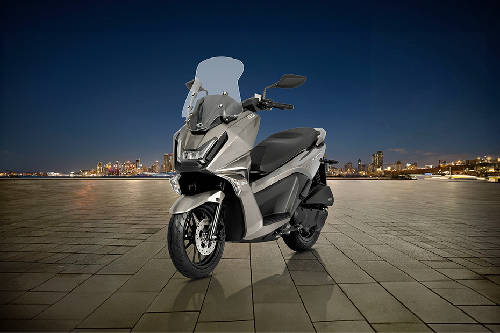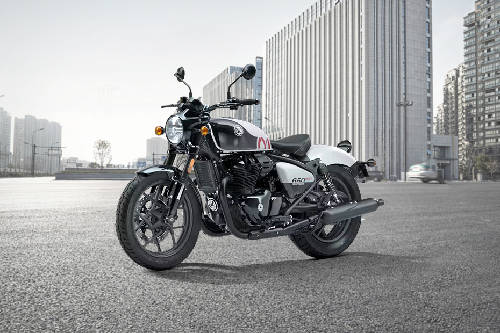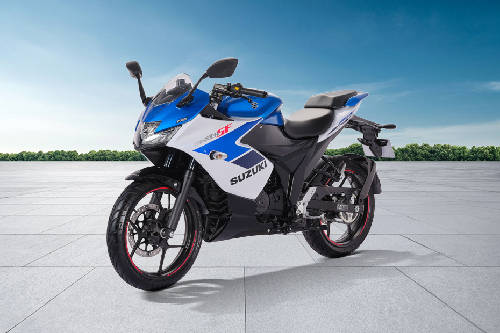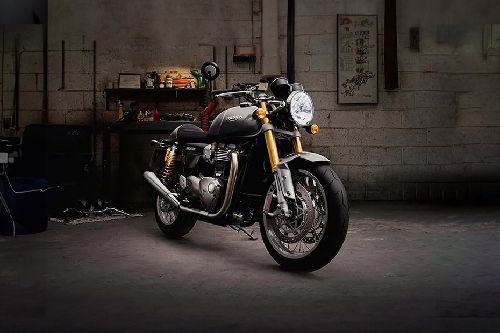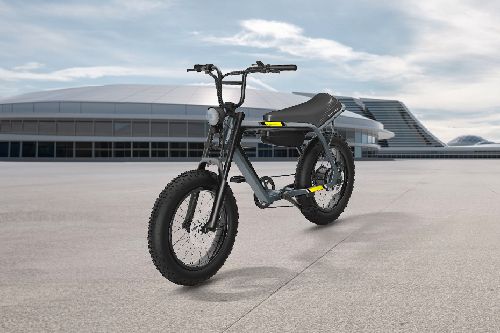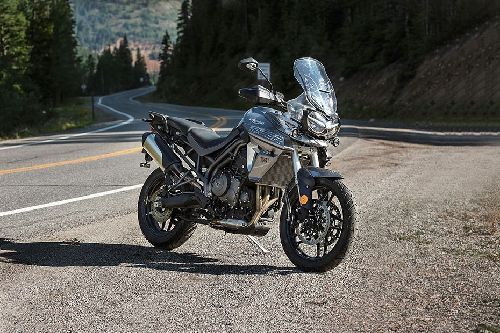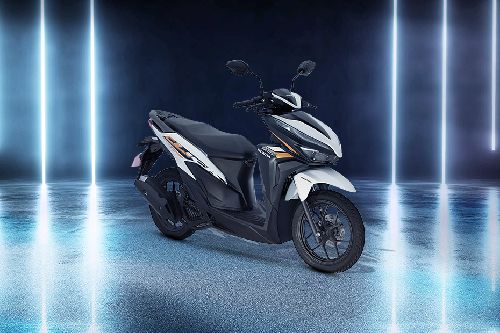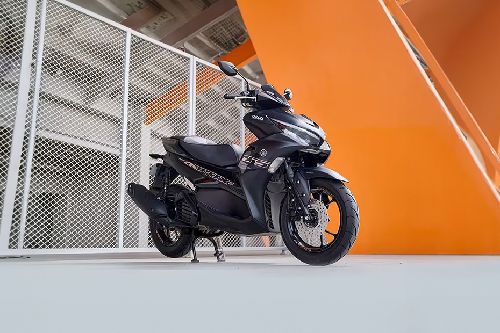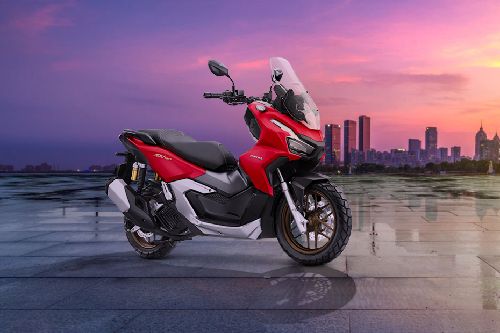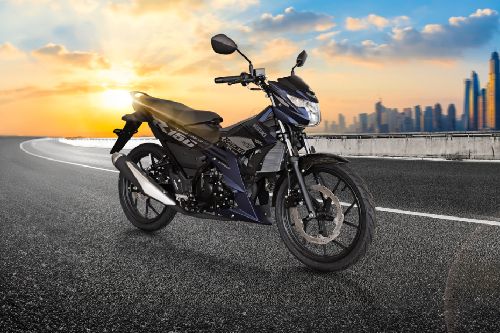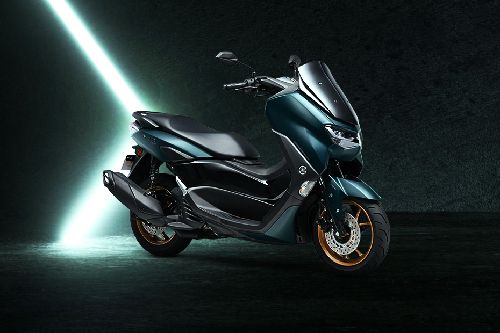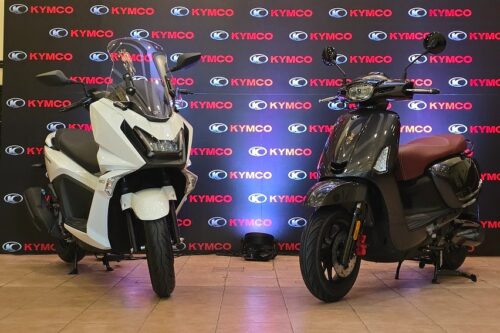5 motorcycle riding tips for monsoon
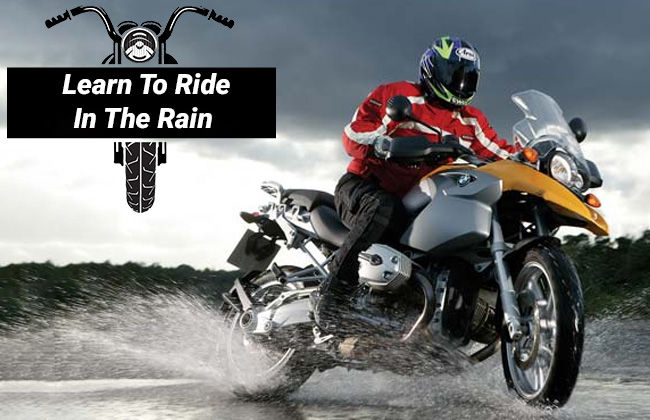
After the scorching heat, the first rain of the monsoon is bliss for everyone. On one hand, the monsoon brings down the temperature and gives us a sigh of relief, and we head out to enjoy the weather. On the downside, it leads to traffic jams, clogged drains, water puddles, more accidents, etc. So, it is very crucial to be cautious at all times while getting out on the roads in the rains, especially when you are riding a two-wheeler. Here are five motorcycle riding tips that you should keep in mind while heading out in the monsoons.

1- Working electricals
You should always keep your motorcycle in good condition. In the rains, your motorcycle’s health will define your health when you are out on the wet roads. Simple maintenance checks will not only help you the get through the monsoons well and sound, but it will be better in the long run as well.

Before hitting the road in the monsoon, make sure that all the electricals on your motorcycle - headlight, blinkers, tail light, etc. are properly working. Since the visibility takes a hit in the rainy season, having all the lights in working condition will help the others on the road to spot you easily. Just to be on a safer side, you can also wear a high-visibility rain jacket which would enhance your visibility.
2- Tire condition and pressure
Tires are the only part of your motorcycle that are in constant contact with the road. So, it is extremely important to make sure that your tires are in proper condition. There should be no wear and tear or cracks. The treads on them should be above the wear limit because these treads dissipate water and give you grip. If you have any doubt regarding the health of your tires, it is advisable to get them replaced.

Apart from the tire condition, it is also necessary to keep a check on the tire pressure. During the rains, it would be better if you keep the tire pressure a couple of units below from what the manufacturer recommends. This will allow the tires to find that extra grip in the water due to a larger contact area with the road.
3- Time management - plan your trip in advance and leave a bit early
Our roads are already packed with uncountable vehicles. This condition gets even worse in the rainy weather. Even the slightest of the downpours cause traffic jams and congestions. So, you will need to have good time management. Plan your trip well in advance with a couple of alternate routes, in case things get messy on the way. Along with this, leave from home a bit earlier than usual. This will help you to have a relaxed mood with enough time to cover the route and reach your destination on time. This strategy will prevent you from panicking, and you would not be riding fast or dangerously.
4- Maintaining proper distance, accelerating, and braking
The loss of traction on wet roads could increase the stopping distance of your motorcycle while braking. As a result, you can bump into the vehicle ahead of you. So, it is always advisable to maintain a safe distance from what’s ahead. We would suggest having at least a two-car distance. This should give you enough time to react and bring your ride to a halt.

Maintaining proper distance is also related to braking. With only two wheels in contact with the ground, motorcycles require more distance to stop compared to cars. You need to be extremely cautious while braking in wet conditions. Grabbing a handful of that front brake lever would send you down with your face on the road in no time. You need to apply the brakes progressively, and not all at once. And when would you be able to do that? When you will have a right amount of space for stopping.
Many motorcycles are now equipped with ABS which prevents wheels from locking under hard braking even in wet conditions. This does not mean that you should go bumper-to-bumper with the vehicle in front you. Mind you, that when engaged (normal) ABS will only keep you from falling only when the bike is not leaning, and it will increase your stopping distance.
You should always be aware of your throttle inputs. Wet roads can cause the wheel to spin, and you can lose control over the bike. Also, if encountered an oil or fuel spill, things get even worse. So, make sure that you roll off the throttle gently.
5- Wear rain protection gear

A set of proper rain protection gear would help you get through the rains comfortably. There are a plethora of options available in the market. Eventually, it comes down to your preferences. If you’re comfortable with a windcheater jacket, and a pair of rain pants, well and good. If you want to go a step further, you can even get waterproof wearables for your boots. Whatever you opt for, make sure that it has a bright color or at least similar stripes to make you visible to the others around you.
PIMS 2024
Trending & Fresh Updates
- Latest
- Popular
You might also be interested in
- News
- Featured Stories
Featured Motorcycles
- Latest
- Upcoming
- Popular
Latest Motorcycle Videos on Zigwheels

Motorcycle Articles From Carmudi
- journal
- advice
- insurance







